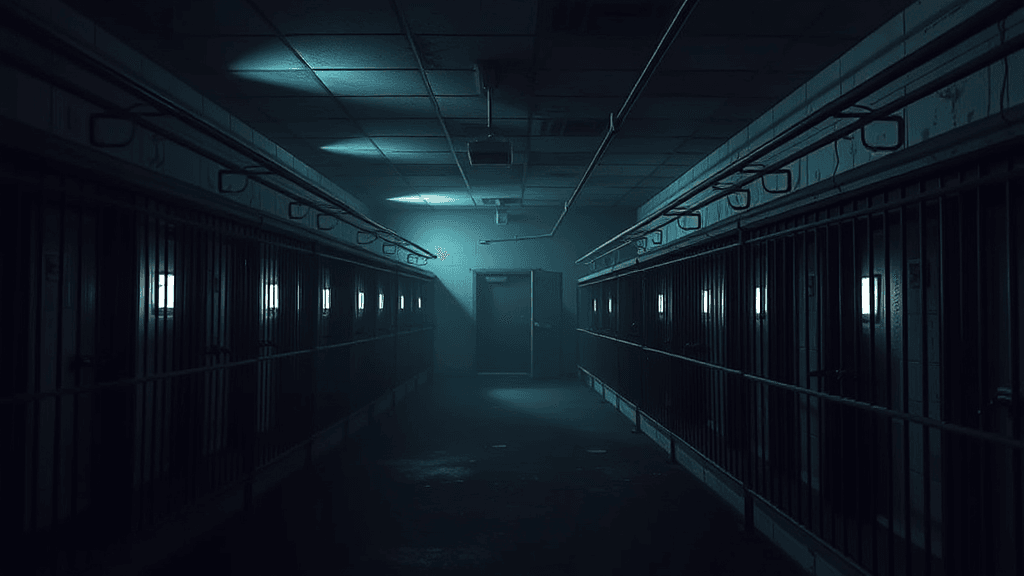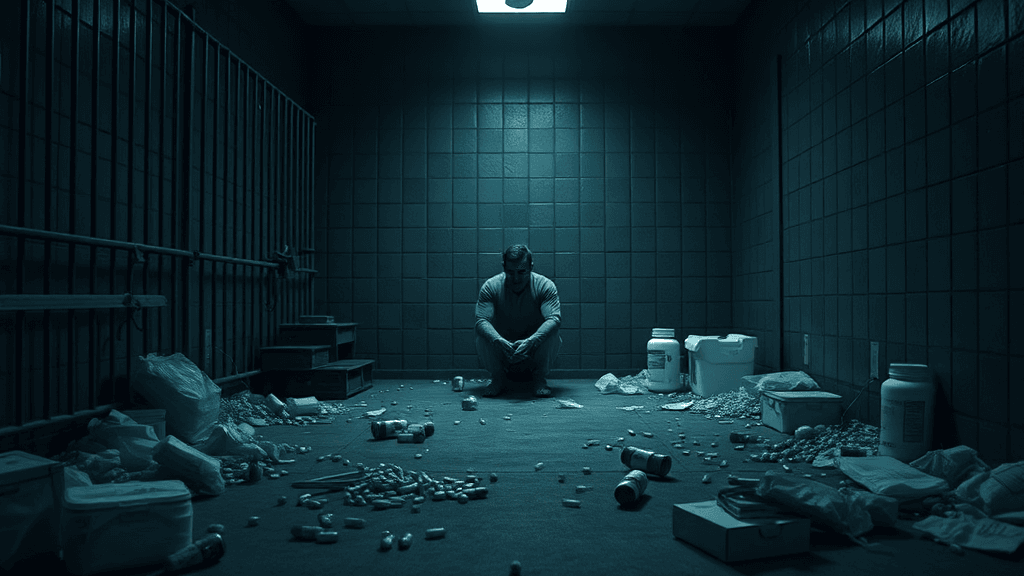Texas Prisons: A Closer Look
The Texas prison system is like a massive labyrinth. It holds secrets and stories, some not so pretty. Overcrowding is a big issue, leading to inhumane conditions. Imagine battling the heat with no air conditioning in 70% of Texas state prisons. Not cool, right? Reports from the Texas Prisons Community show some places even use containment cages. It’s like living in a nightmare. Solitary confinement adds to the woes, especially for those with mental challenges. Prisons Community Advocates fight these battles, seeking humane treatment. Texas prison officials face criticism for these practices. Even the Texas Tribune has pointed fingers. Amidst this chaos, drugs continue to be a thorny issue.
Historical Background of Texas Prisons
The evolution of Texas prisons reflects ever-changing criminal justice policies. In the 19th century, convict leasing was common, with inmates working under harsh conditions. Fast forward, the Texas Department of Criminal Justice now oversees numerous facilities, yet issues persist. Overcrowding and outdated infrastructure plague the system. Notably, the Texas Tribune highlighted reports of inhumane conditions, such as containment cages and the absence of air conditioning in many prisons. The Texas Prisons Community and Prisons Community Advocates are vocal about these challenges. Additionally, drugs smuggled despite restrictions, compound the issues. Solitary confinement and mental illness also raise serious concerns AP News.
Current State of Incarceration in Texas
Addressing the current incarceration challenges in Texas, the Texas Department of Criminal Justice struggles with outdated facilities and overcrowding. The worst part? Over 70% still lack air conditioning, making conditions unbearable. This isn’t just about comfort; it’s a serious issue. With conditions so harsh, the Texas Tribune highlights the use of containment cages, making life even tougher for inmates. Add to that the constant battle against drugs smuggled inside, often by staff, despite tight security measures. The situation is dire, with solitary confinement worsening mental conditions. Even suicidal prisoners are placed in cages, raising significant questions about reform. More on the situation can be found here.
Challenges in the Texas Prison System
Exploring the hurdles within Texas prisons reveals several pressing issues. Inadequate healthcare and contaminated water are more than mere annoyances. They’re like adding fuel to an already challenging fire. And don’t get me started on the food—it’s hardly gourmet. Contraband, mainly drugs, sneaks past restrictions, often with a little help from the inside. This makes life even harder for those confined.
Solitary confinement is particularly harsh, especially for inmates with fragile mental states. In such a grim environment, even the Texas Tribune has called out the worst things happening. Addressing these problems requires immediate action and comprehensive reform.
Impact of Solitary Confinement Practices
The influence of isolating inmates reverberates within the walls of these facilities. Many see it as the worst part of the system. Containment cages, often used for those with severe conditions, lack basic sanitation, intensifying the challenges. It’s hard to fathom why such practices persist, especially when considering the impact on suicidal prisoners. This contributes to the ongoing conversation about mental and emotional well-being. How can we ignore the psychological toll? These conditions also lead to a higher risk of substance abuse, with drugs frequently smuggled in, exacerbating the environment. More insights on this can be found here.

Mental Health Issues Among Inmates
Peeking into the mental struggles faced by inmates shows a grim reality. Many prisoners battle untreated mental illnesses, creating a silent crisis behind bars. The failure to address this issue often results in placing suicidal prisoners in containment cages. This practice is a Band-Aid on a gaping wound, offering no real solution. When facing mental turmoil, the availability of drugs inside makes matters worse. These substances are often a temporary escape, adding layers of complexity. The worst things happening inside are not just physical conditions but the neglect of mental wellness. Addressing mental illness is crucial for breaking this cycle of despair.

Efforts for Reform and Advocacy
Efforts to change policies and advocacy are driving shifts within the Texas prison framework. Groups like TPCA champion improved conditions and policy adjustments, tackling issues like solitary confinement and the care of suicidal prisoners. Containment cages and their use are under scrutiny, raising questions about basic human rights. Mental wellness and access to treatment are other critical areas needing reform.
Meanwhile, the presence of drugs within facilities continues to compound existing challenges. Advocacy groups argue that these substances worsen the mental state of inmates, further igniting calls for reform. Change seems inevitable, but the road remains challenging.
The Role of the Texas Department of Criminal Justice
In exploring the responsibilities of the Texas Department of Criminal Justice, managing facilities poses significant hurdles. Staff shortages and the influx of drugs remain persistent challenges. Despite measures to control contraband, smuggling is a relentless issue. Solitary confinement, while controversial, is a practice under constant scrutiny. The use of containment cages for those with severe conditions adds another layer of complexity. They are often seen as the worst solution, particularly for suicidal prisoners. Addressing these issues involves more than just policy tweaks. Reform is a marathon, not a sprint. Emphasizing mental wellness is key to breaking this cycle.




0 Comments